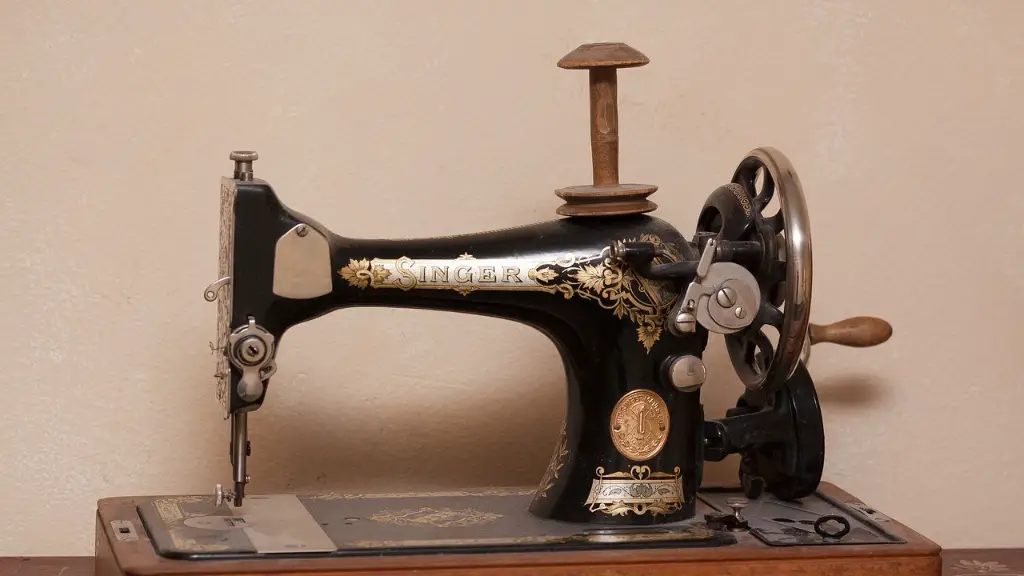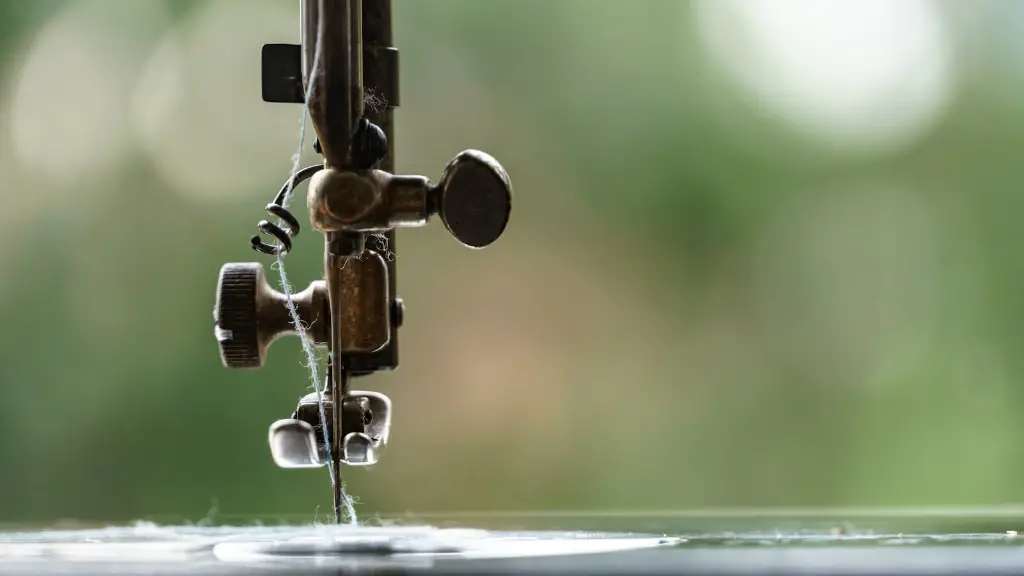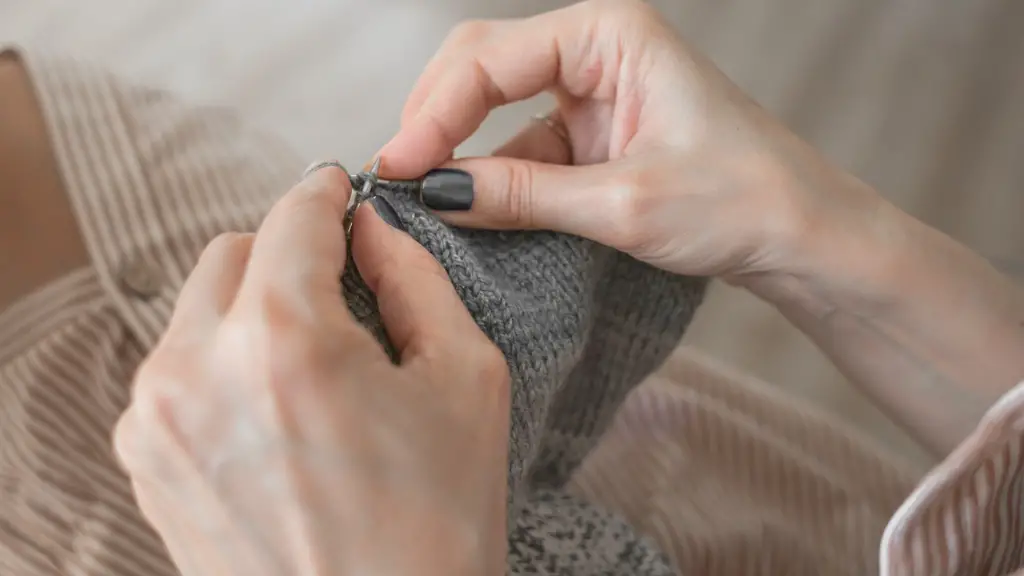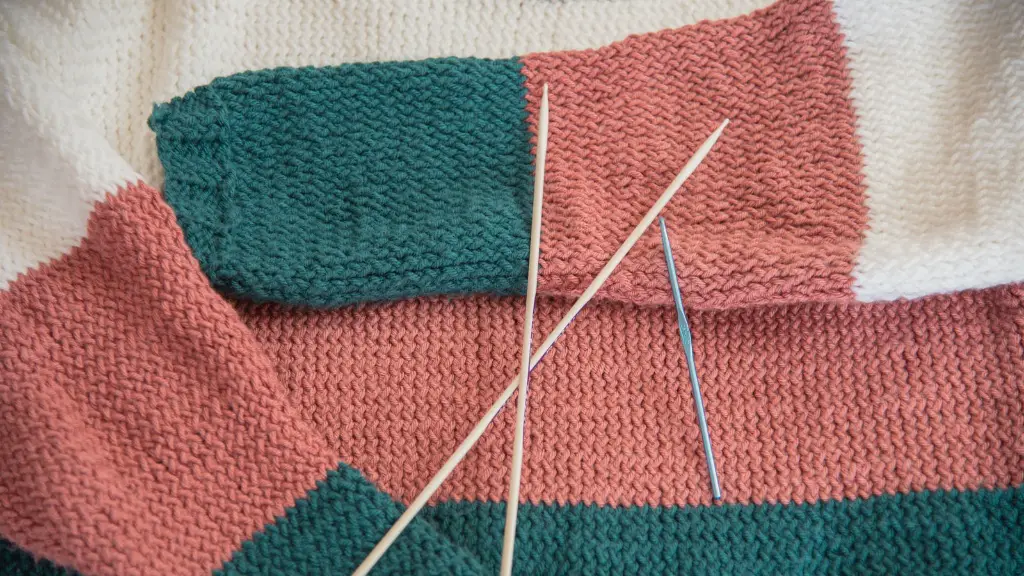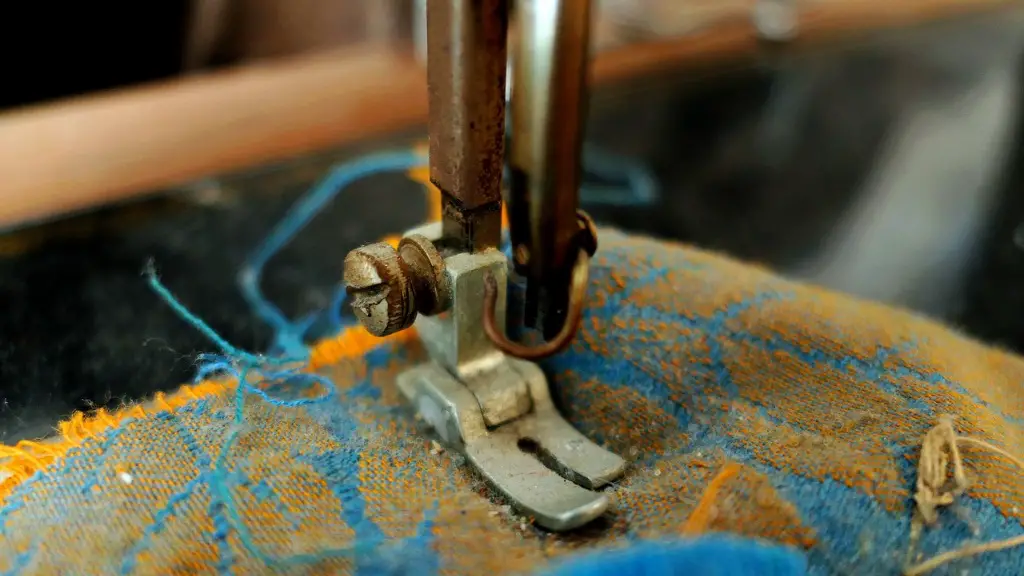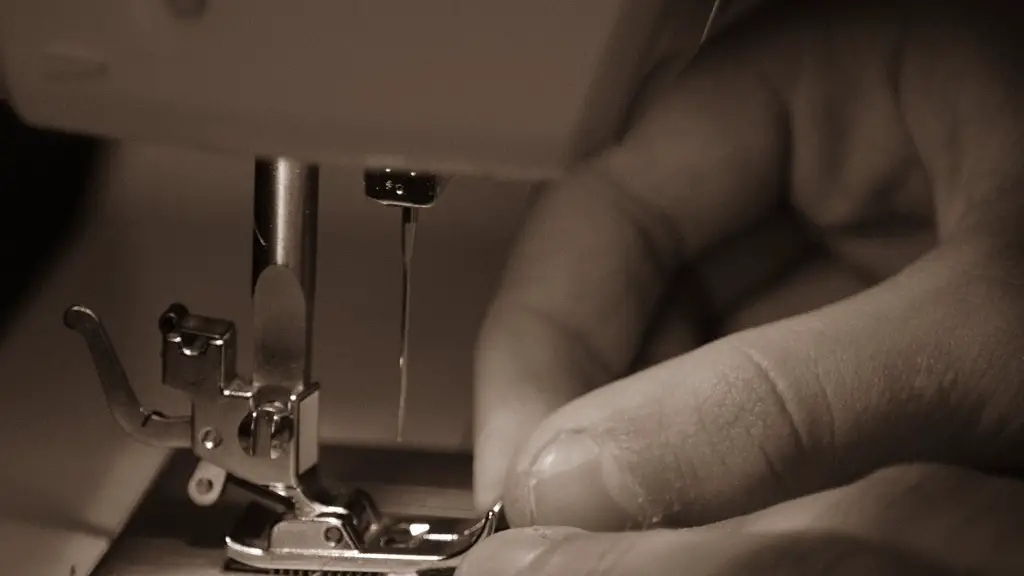Basics of Using a Sewing Machine
Using a sewing machine may sound simple but knowing the basics is essential for a successful sewing project. Gathering the right supplies, setting up the machine and finding the correct stitch for your project can be a daunting task for any beginner sewer. Learning the fundamentals and taking the time to practice can help you gain the confidence you need to create beautiful projects.
Before sewing with a machine, you’ll need to make sure you gather the essentials. Items like thread, needles, fabric scissors, straight pins, and a good quality seam ripper should be included in your sewing kit. Additionally, you’ll want to make sure your machine is properly set up and suitable enough for the kind of sewing project that you intend to work on.
Once your machine is set up and you have enough basic knowledge of how to thread it and wind a bobbin, you’ll want to focus on finding the right stitch. Sewing machines come with multiple stitches that can be chosen by adjusting the stitch selector knob on the front panel. Depending on the project you’re working on, different stitches may be required. Three basic stitch options are the straight stitch, the zigzag and the backstitch.
Straight stitch is the simplest type, usually used for basting or gathering fabrics. Similarly, the backstitch is a reinforced, tightly stitched seam suitable for join fabrics with difficult-to-sew fibers like leather or vinyl. Meanwhile, the zigzag stitch is used for finely finishing the raw edges of the fabric.
No matter which stitch you use, you need to adjust the length and width of each. This helps to ensure a secure seam and make sure that the stitches don’t pull when the fabric is laundered. The default setting on most machines is between 2.5mm to 3.0mm in length.
Finally, presser feet are an essential part of the sewing process. They help provide a smooth and even finish. Regular Sewing machine includes universal presser foot, a zipper foot, and a blind hem foot. Learning how to use each one to its fullest capability can help you get the best results for your projects.
Maintaining Your Sewing Machine
It’s important to remember that your sewing machine should be handled with care, as it’s a delicate machine. Regular maintenance can help avoid mechanical issues and preserve your sewing machine in a good working condition.
Regular cleaning and oiling are necessary to help keep the machine running properly. Depending on the model of sewing machine, some mechanical parts may need to be lubricated to prevent friction. Additionally, make sure to clean the needle plate and the bobbin case.
Finally, you should regularly check the tension of your machine, as it helps to ensure consistent stitch quality. It is recommended to take your sewing machine in for an annual checkup to ensure that everything is functioning correctly.
Tips and Tricks for Sewing with a Machine
Finding success with a sewing machine may take some time. Here are a few tips and tricks to get the best results with your sewing projects.
Firstly, you should always use a scrap piece of fabric when adjusting the machine settings. This allows you to make sure the stitch looks good and it does not create puckers. Secondly, when stitching curves or circles, you’ll need to adjust the needle position. This helps to keep the fabric from bunching or pleating when sewing.
Thirdly, the use of the free arm on your sewing machine can help to reduce the frustration when sewing small pieces. It gives you greater access to the area that you’re sewing and makes it easier to maneuver. Lastly, make sure to use waterproof needles when sewing raincoats and umbrellas.
Advanced Sewing Techniques
Knowing advanced techniques can help you become more efficient and ensure more professional-looking results. Learning different ways to work with the fabric, using interfacing and basic techniques such as gathering and miter corners.
One of the main techniques to master is using interfacing. This material reinforces fabrics and prevents the seams from unraveling. The type of interfacing used should correspond with the fibers used in the project. Generally, fusible and sew-in interfacing are the two most popular options.
Gathering is also an important technique when it comes to creating a professional-looking piece. The goal is to maintain an even stitch length during the sewing process and create a full, soft look. To tackle this, carefully adjust the thread tension on the machine and make sure to not pull the fabric too tightly as you sew.
Miter corners is a simple process that can be mastered with practice. This helps to create perfect corner seams and give a project a professional finish. A common and popular technique is to press a flat hem before stitching a miter corner. Sewers also use the speed controller on their machine and the appropriate presser foot to achieve the perfect angle.
Blind Hemming
Blind hemming is a complex sewing technique used to place a hem in an undetected way. It requires careful thread placement and the use of the blind hem foot. Beginner sewers often struggle to master this technique, but with enough practice, it can be learned.
Firstly, you’ll need to decide on the size of the stitch and the width of the fabric fold. Next, use your fingers to get the hem size right before pressing it with an iron and pinning it in place. Once you’ve aligned the fabric, you’ll want to attach the blind hem foot and adjust the needle position to make sure all the threads are stitched close to the edge of the fabric.
Before stitching, it’s important to make sure that the needle is hitting the hem and not the fabric. Furthermore, you’ll want to reduce the speed of the sewing machine to make sure that the stitches are even and no fabric is pulled. Lastly, stretch the fabric slightly to make sure all the stitches are visible and easy to make corrections.
Fringe
Sewing fringe is not just for simple decorative purposes. In fact, it’s often used to prevent fraying and add texture to projects. One of the most popular methods for adding trim is the blanket stitch. This is done by hand or with a machine and can be stitched very close to the fabric to achieve a secure finish.
To begin, you’ll need to decide on the type of trimming and determine the width of the stitch. Once you’re happy with the position of the fringe, you’ll need to attach the cording foot and set the right stitch length on the machine. Additionally, you’ll want to make sure the needle placement is adjusted to fit the actual width of the fringe.
Finally, sew a row of stitches down the edge of the trim and alter the speed of the machine if necessary. Aim for a consistent stitch length and do not overstretch the fabric while you sew. This can cause puckering issues and create an uneven finish.
Adding Embellishments
Embellishments are a fun way to give an ordinary project the extra pizzazz it needs. Sewers can use these pieces of adornment to conceal visible stitching, add color and texture to a piece, and enhance the overall appearance of an item.
First and foremost you’ll need to decide what type of embellishment you’d like to use in your project. Metallic trims, tassels, and images are very popular options. Each option requires a different technique and type of application. Adhesives, hand stitching, and machine stitching are all acceptable methods for adding embellishments to a piece.
For intricate projects, it may be best to use hand stitching techniques like the blanket stitch. This helps to keep the fabrics in place and create a perfect finish. On the other hand, using a machine can help you to efficiently finish off many pieces at a quicker rate.
Lastly, take your time when creating embellishments and practice with scrap materials to make sure that everything looks perfect. This also allows you to make sure that it’s the right size and shape to fit your project.
